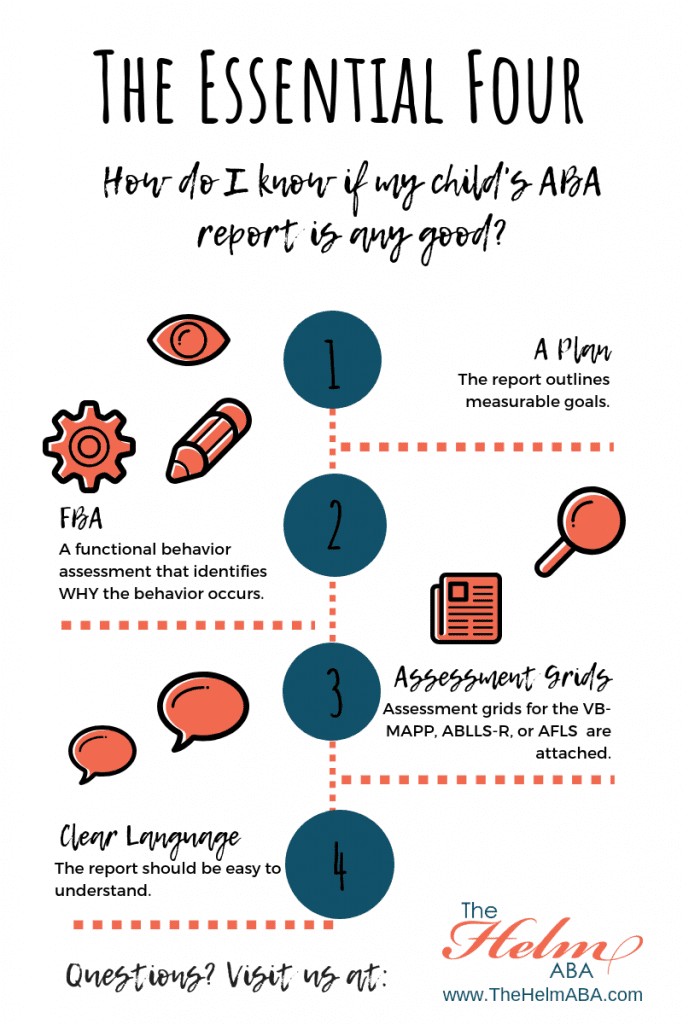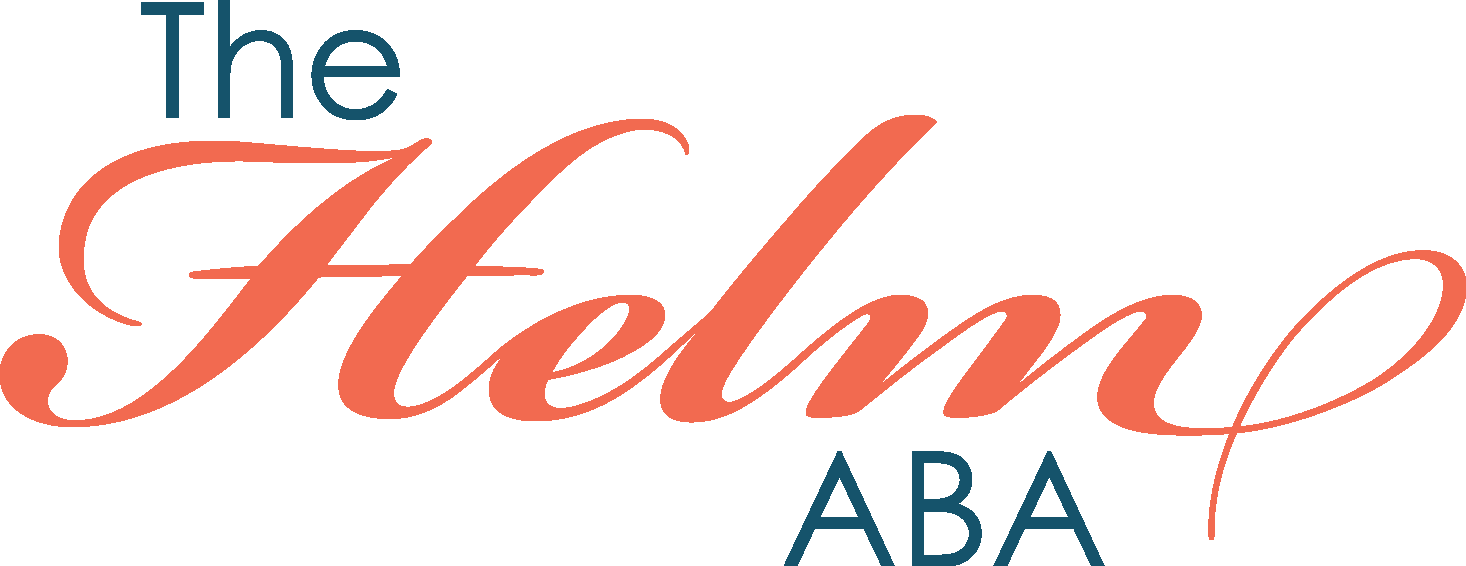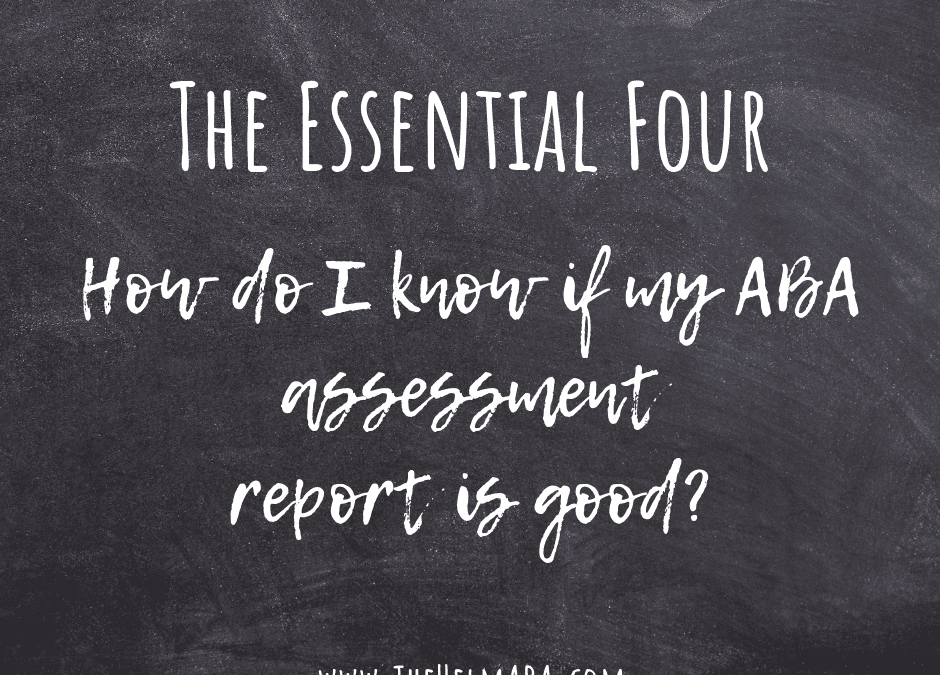We get asked all the time, “Will you accept my child’s report from his other ABA company?” Many times, this question comes after spending valuable time and money at previous ABA company that just didn’t end of being the right fit. We get it. The process of starting ABA is extensive enough, if there is a chance that any part could be shortened many parents are all ears. Typically, the next question we hear is, “Won’t the results be the same? He just got evaluated a few months ago.”
Whether or not we can accept a report from another ABA company has a lot to do with the quality and thoroughness of the report that we are given. This can be a hard conversation to have because there is no resource out there that helps parents understand if they are getting a “good” report.
Our mission at The Helm ABA is to empower families with the knowledge to use ABA not only while their child attend therapy, but far beyond. The best way to empower is to educate. That education begins with the first assessment report.
 Here are the four non-negotiable items that MUST be in an ABA report.
Here are the four non-negotiable items that MUST be in an ABA report.
1. A Plan- This seems obvious, but we cannot tell you how many times we have read a report that identifies problems, but not solutions! An initial assessment should give a clear idea of where your child is presently and where they will be going in the coming months. This means that the report outlines current areas of concerns and outlines a tangible plan for improving those areas of concerns. Are there measurable goals? If not, the treatment plan does not pass the quality test.4.
2. Functional Behavior Assessment– Does your child have a behavior concern? The treatment plan should 100% have a functional behavior assessment that identifies WHY a problem behavior may be occurring and what should be TAUGHT to replace the unwanted behavior. From day one a plan should be created to teach alternatives to problem behavior. Without teaching replacement behaviors, we may decrease the problem behavior, but we leave the door open for new ones to pop up. Do your due diligence and ask your provider, “Where is the FBA?”
3. Assessment Grids– This is the MOST frustrating part of reviewing reports from other providers. In ABA all initial assessments use some form of assessment tool that needs to be comprehensively reported. Many times we review reports that state they have used the VB-MAPP or ABLLS-R, but they do not attach the scoring grids. Without the grids these reports are useless and cannot be used to track progress. The problem here lies in lack of knowledge. Many parents don’t know that this is required to interpret the results of their child’s assessment until it is too late and they have left their previous provider.
4. Language that Makes Sense– As Board Certified Behavior Analysts we are required to communicate our science in a manner that everyone can understand. This means your assessment report should be both professional, but accessible. When you are working through that first report remember to ask questions if you don’t understand. You are the customer and your satisfaction is important. You wouldn’t buy a book that you have no idea how to read- the same logic should be applied to the initial assessment. The initial assessment should be seen as guide for your child’s therapy. If you can’t read the map how will you know where you are going?
So what do you do if your child’s report doesn’t have the essential four? Ask questions! Each report should create a unique action plan for your child that takes into account your families immediate needs and long-term goals. It can be easy to get caught up in the eagerness to start therapy or save money, but it is important to slow down and really consider the quality of the report you are given. Take the time to really learn what is in your child’s report and how it outlines their next steps in ABA therapy.

